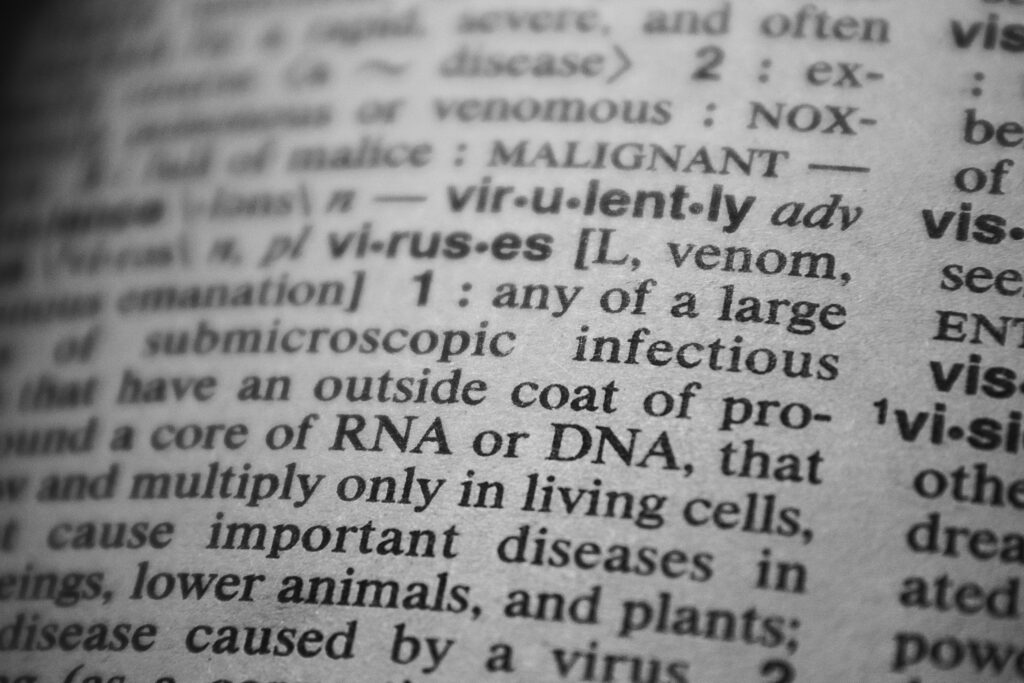This scientific paper significantly advanced understanding of genetic contributions to kidney function and disease. Here, I summarize key aspects of their rationale, methods, results, and implications. Their rigorous findings provide new insights into kidney biology and the genomics of CKD susceptibility.
Introduction
The introduction provides a clear background and rationale for conducting this genome-wide association study (GWAS) to identify genetic variants associated with kidney function and chronic kidney disease (CKD). It highlights the public health burden of CKD and the evidence for genetic contributions to kidney function and disease. The authors provide a nice summary of their previous GWAS which identified 3 loci (UMOD, SHROOM3, STC1) associated with estimated glomerular filtration rate (eGFR) and CKD, explaining only 0.43% of variance in eGFR. This provides justification for conducting a larger GWAS meta-analysis to uncover additional genetic loci. The authors clearly state the overall objective of identifying new genetic variants associated with indices of kidney function and CKD susceptibility.
Methodology
The methods are sound and appropriate for a GWAS aiming to identify genetic associations with quantitative traits and disease outcomes. The large sample size (67,093 discovery, 22,982 replication) provided excellent power to detect variants with small effects. Using predominantly population-based cohorts reduces potential biases from case-control selection. The authors used appropriate quality control procedures for genotyping, imputation, and analysis.
A key strength is the use of two complementary markers of kidney function – serum creatinine and cystatin C. This allowed them to distinguish genetic loci associated with actual kidney function from those related to creatinine production/secretion. The analysis plan clearly separated discovery from replication analyses. Combining results from individual studies in meta-analyses is an accepted approach. Correction for population stratification and relatedness was done. Replication in independent samples provides confidence in the findings.
Overall, the methods are rigorous, relying on a large sample size, sound quality control procedures, and replication in independent cohorts. The analytical approach allowed discovery of loci associated with actual kidney function as well as creatinine metabolism.
Results
The main findings are the identification of 20 new loci associated with serum creatinine or CKD, of which 13 were confirmed by replication and association with serum cystatin to represent renal function loci rather than creatinine metabolism. In addition to confirming previous loci UMOD, SHROOM3, and STC1, several new loci harbor genes linked to kidney function or diseases, such as SLC7A9, SLC34A1, ALMS1, VEGFA, GCKR, and PRKAG2. Some implicate biological pathways like angiogenesis, solute transport, and podocyte function.
The presentation of results is logical and clear. Tables and figures summarize key findings appropriately. The Manhattan plots effectively illustrate the genome-wide significance and independence of associations. Comparing associations with serum creatinine vs serum cystatin demonstrates how using cystatin C helps distinguish renal function from creatinine metabolism loci. Nominal association of renal function loci with CKD provides evidence these variants influence disease susceptibility. The genetic risk score analysis shows the potential combined effects of loci with small individual effects. Additional expression-associated SNPs (eSNPs) and false discovery rate (FDR) analyses provide suggestive evidence for more loci.
In summary, the results confirm previous loci, identify 13 new replicated loci for renal function explaining 1.4% of eGFR variance, nominate biological pathways, and demonstrate clinical relevance through association with CKD. The analyses differentiate effects on renal function from creatinine metabolism. Multiple lines of evidence provide confidence in the findings.
Conclusion
The conclusion summarizes key findings, including the identification of 13 new genetic loci associated with renal function traits, nomination of relevant biological pathways and mechanisms, association of new loci with CKD, and differentiation of effects on renal function vs creatinine metabolism.
The authors put findings in context of GWAS more broadly, relating new renal function loci to monogenic kidney diseases (SLC7A9, SLC34A1, ALMS1, UMOD) and observing coding variants are enriched among trait-associated SNPs. They highlight relevant biological pathways like nephrogenesis, angiogenesis, solute transport, and podocyte function.
The conclusion articulates the main implications of these GWAS findings for understanding genetic contributions to kidney function and disease. Key strengths are highlighted, including large sample size, replication, and use of complementary kidney function markers. Limitations acknowledged include European ancestry samples and indirect GFR estimation.
Overall, the conclusion summarizes the main findings, clinical and biological implications, strengths and weaknesses appropriately without overstating the results.
This GWAS represents a significant advance in understanding genetic variation associated with kidney function and disease. The large discovery sample and replication provide confidence in the findings. Using cystatin C strengthens the evidence these are renal function loci. Insights into biological mechanisms are a useful contribution. The findings suggest clinical relevance through association with CKD.


